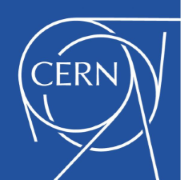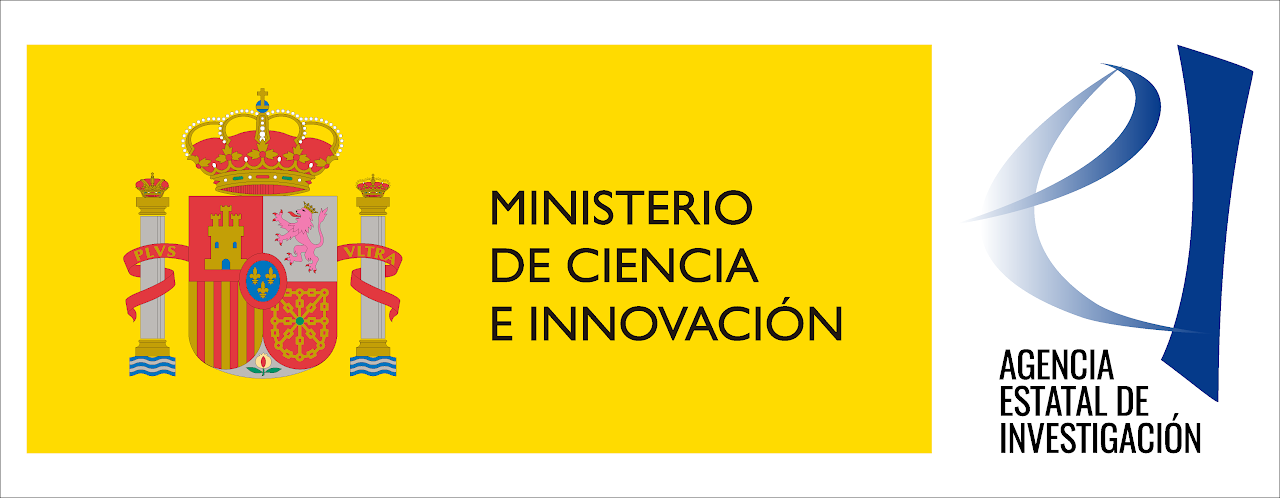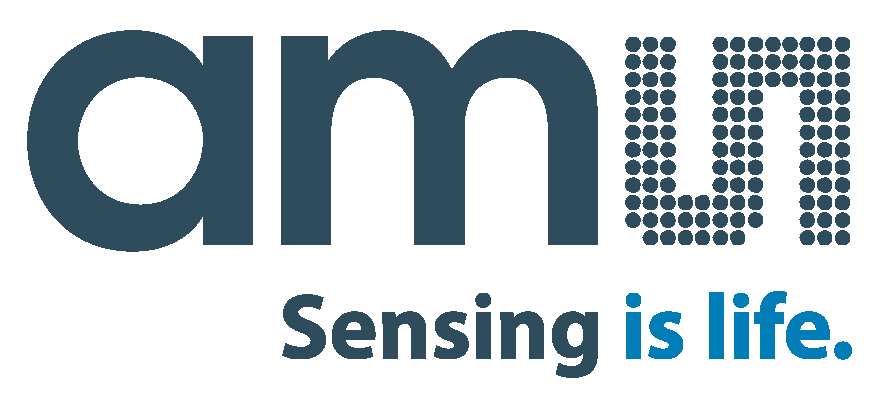Course online on semiconductor radiation detectors 2021
Zoom
Facultat de Física
Barcelona Techno weeks are a series of meeting point events around a technological topic of interest for both academia and industry. They include comprehensive multidisciplinary keynote presentations by world experts that are combined with networking activities to foster collaboration among participants.
Course on semiconductor detectors
As the first Techno weeks in 2016 and 2018, the fifth edition includes a course on solid state radiation detection, from physics and electronics fundamentals to the state-of-the-art methods in radiation (X-ray, gamma-ray, charged particle) and visible light detection and applications.
This year, given the travel restrictions due to the pandemics, the organizing committee decided to do the training online combining the course with presentations from companies.
Objectives
- Explain fundamentals of interaction of radiation with matter and signal formation.
- Understand different solid state radiation and photon detection technologies.
- Review detector analog and digital pulse processing readout circuits.
- Provide an insight of packaging and interconnect technologies.
- Survey the use of radiation and photon detectors in industrial applications.
- Present new trends in radiation and photon detection.
Who it is aimed at
The event is aimed at researchers, postdocs, PhD students and industry professionals, working in related fields: particle detectors, astronomy, space, medical imaging, scientific instrumentation, material analysis, neutron imaging, process monitoring and control, etc. The meeting offers a good opportunity for young researchers to meet with senior experts from academia and industry.
A certificate of attendance will be given to the participants of the course.
When
Week 1: April 19-23, 2021
Week 2: April 26-30, 2021
Teaching hours
| DAILY | Central European Time CET (Barcelona) | Eastern Standard Time EST (New York) | Pacific Standard Time PST (California) | India Standard Time IST (India) |
| Module 1 | 3:00-4:35pm | 9:00-10:30am | 6:00-7:35am | 6:30-8:05pm |
| Module 2 | 5:25-7:00pm | 11:25am-01:00pm | 8:25-10:00am | 7:55-10:00pm |
Lecturers
E. Auffray - CERN
R. Ballabriga - CERN
G. Blaj - SLAC
M. Campbell - CERN
R. Carmona - IMSE-CNM
P. Collins - CERN
F. Faccio - CERN
D. Gascón -ICCUB/IEEC
E. Heijne - CERN & IEAP
X. Llopart - CERN
A. Nomerotski - BNL
P. O'Connor - BNL
G. Pares - CEA
A. Rivetti - INFN Torino
Á. Rodríguez - IMSE-CNM
H. Sabet - MGH/Harvard
F. Salvat - CERN
D. Schaart - TU Delft
W. Snoeys - CERN
K. Taguchi - Johns Hopkins
S. Vahanen - Advacam O
S. Vinogradov - LPI RAS
C. Vallance- U. Oxford
Organized by


Acknowledgements
This event is part of the grant CEX2019-000918-M funded by MCIN/AEI/10.13039/501100011033.

Sponsors




